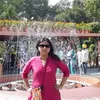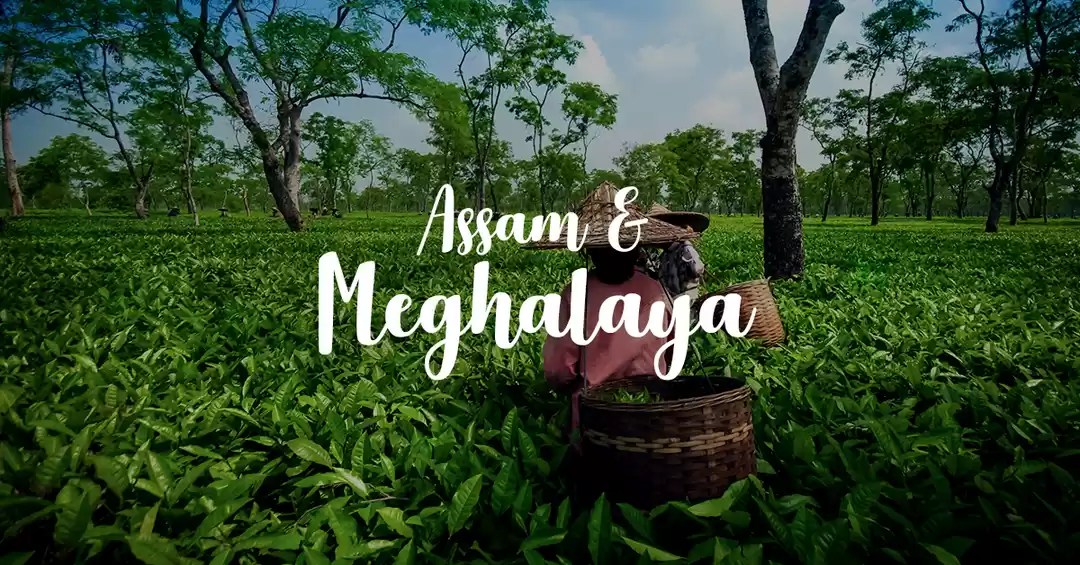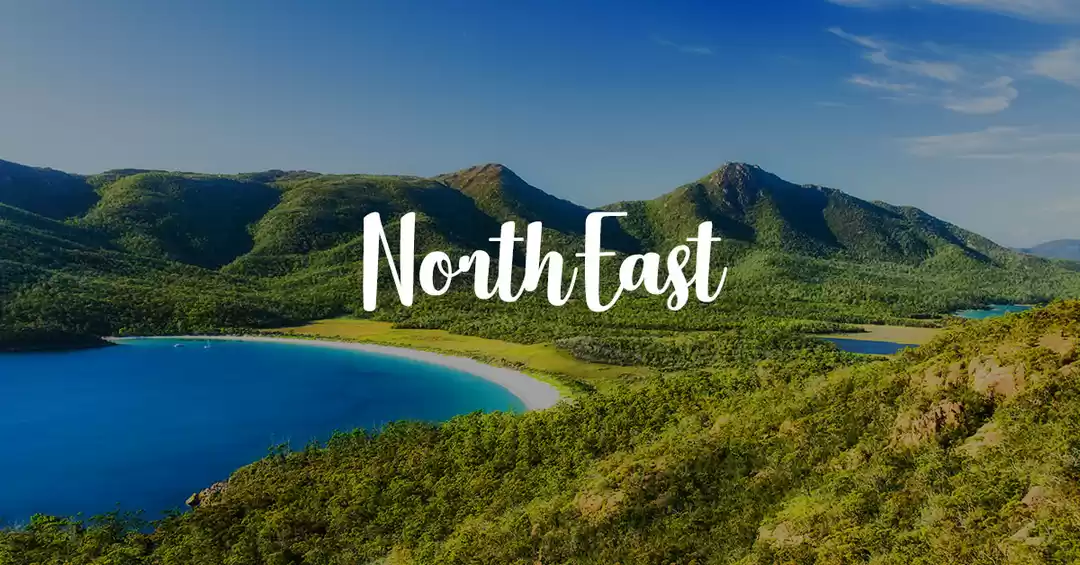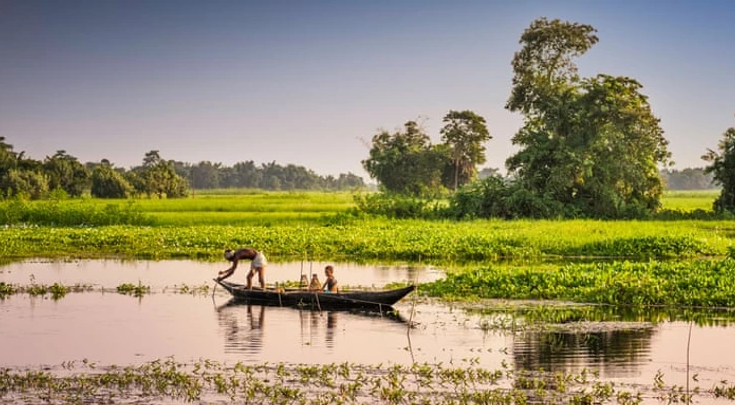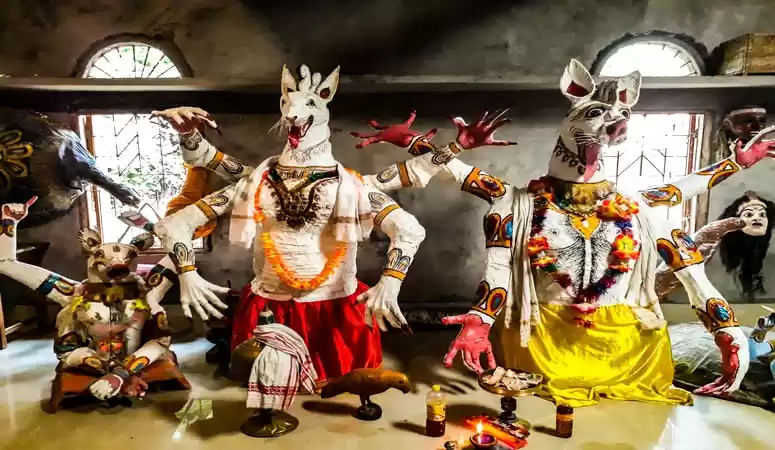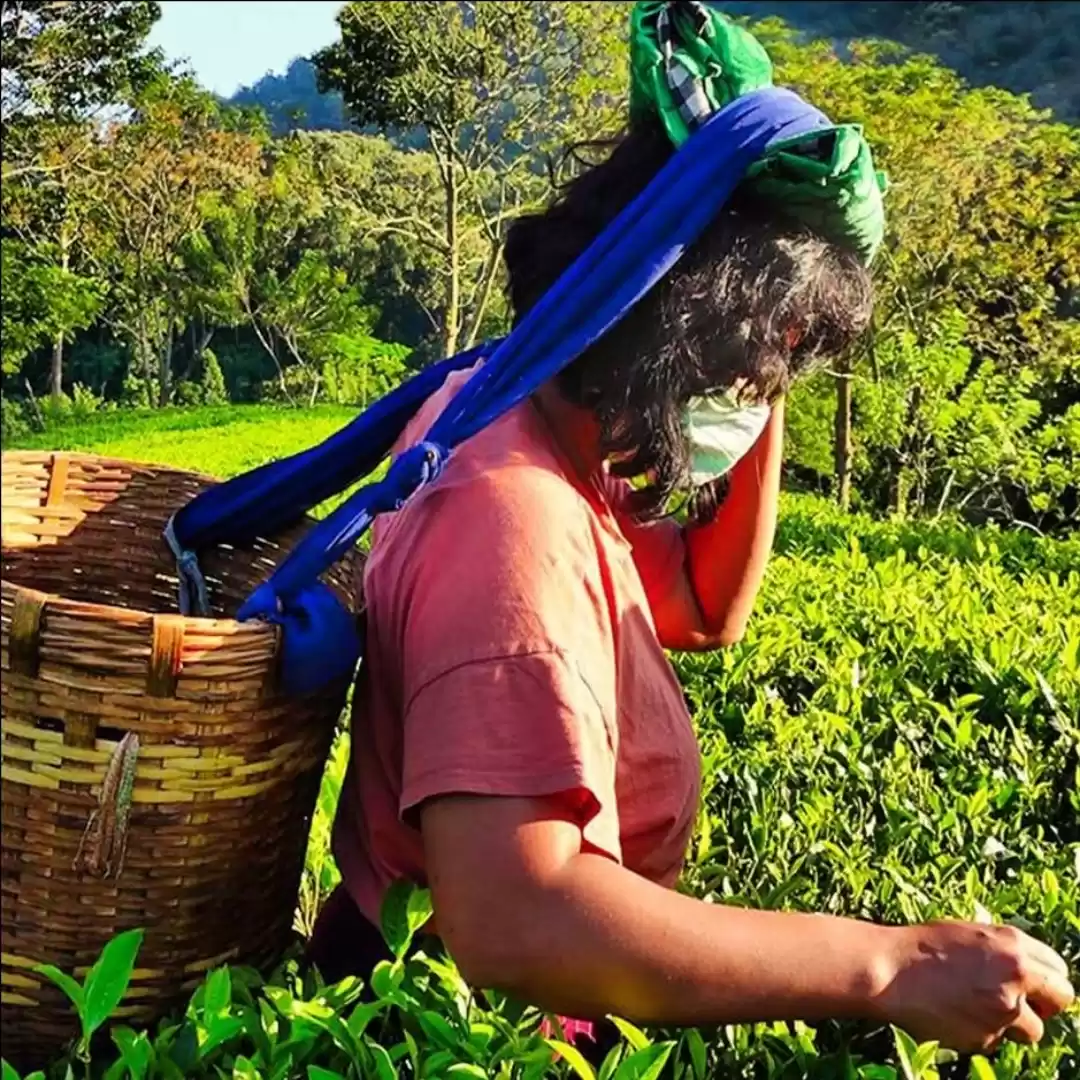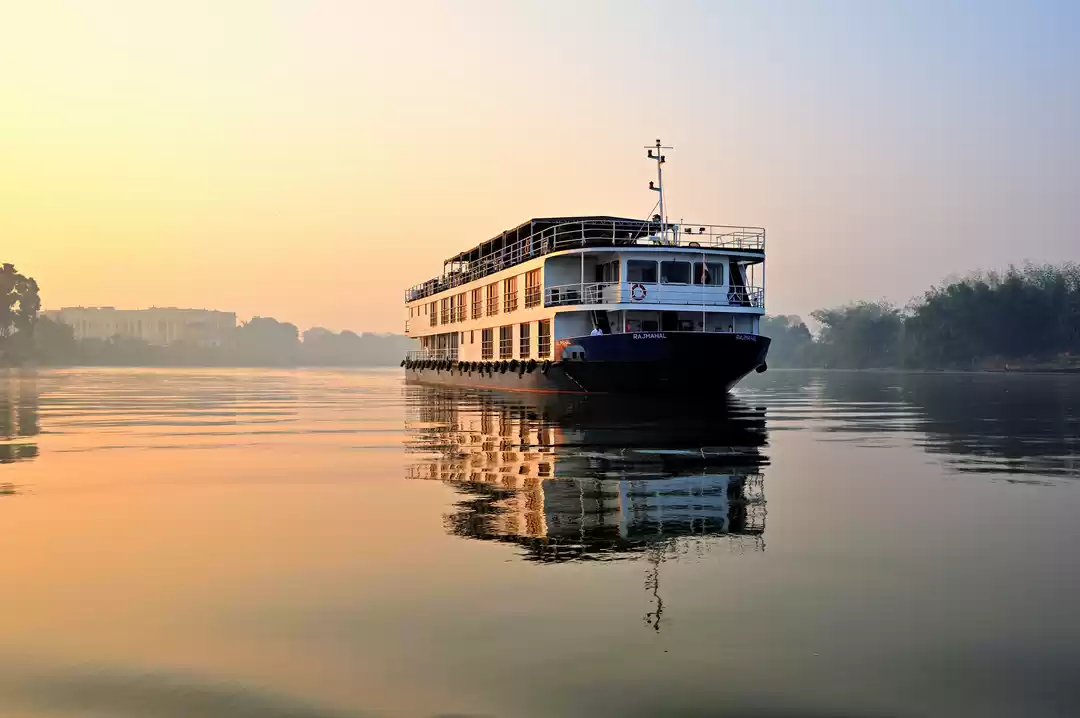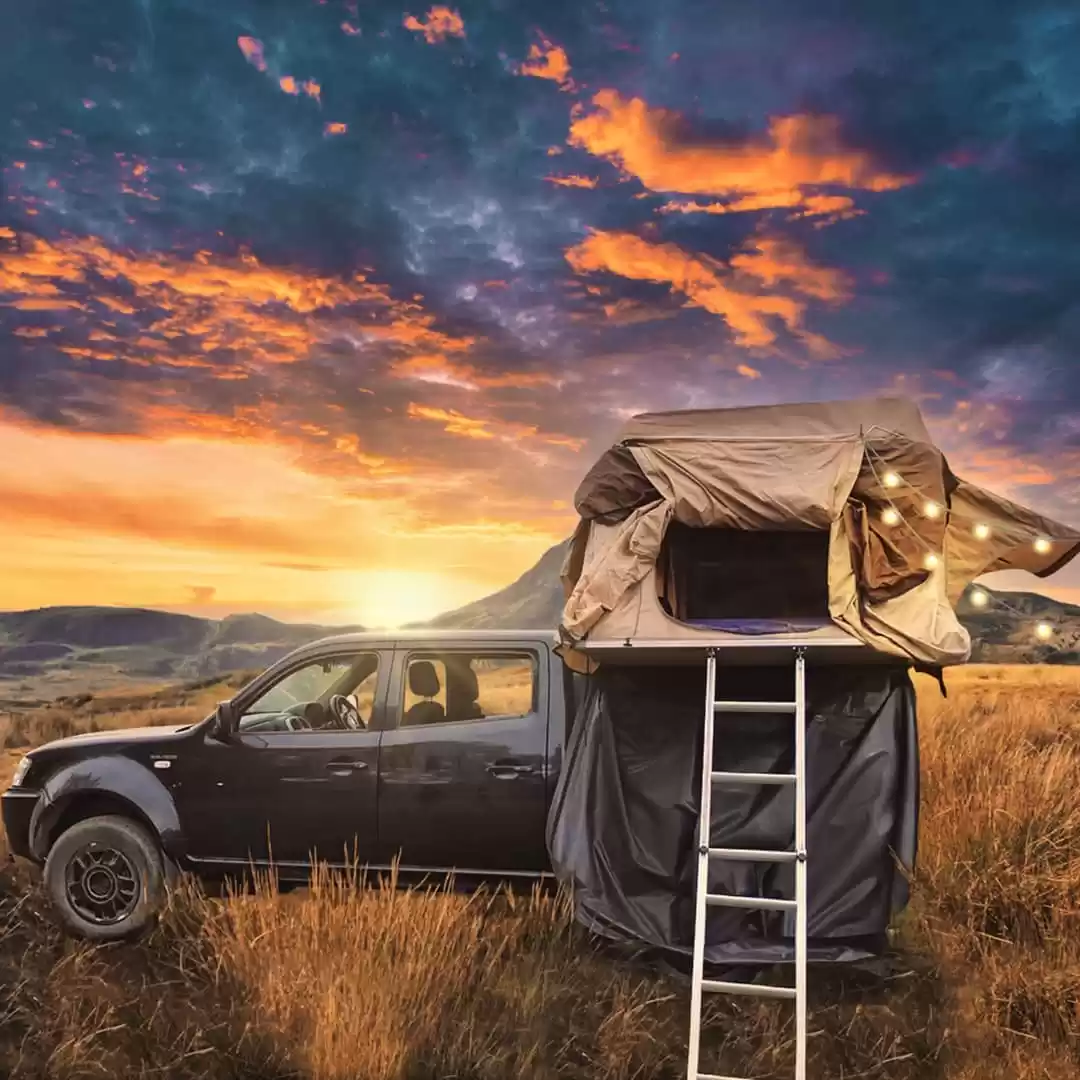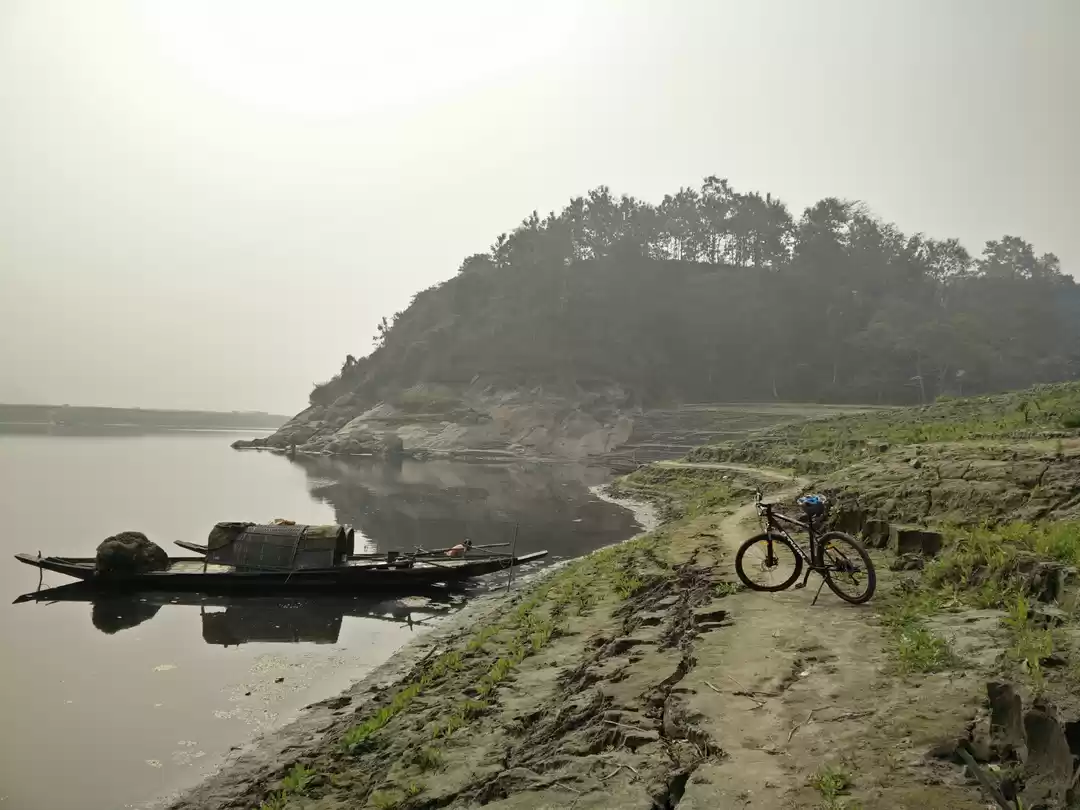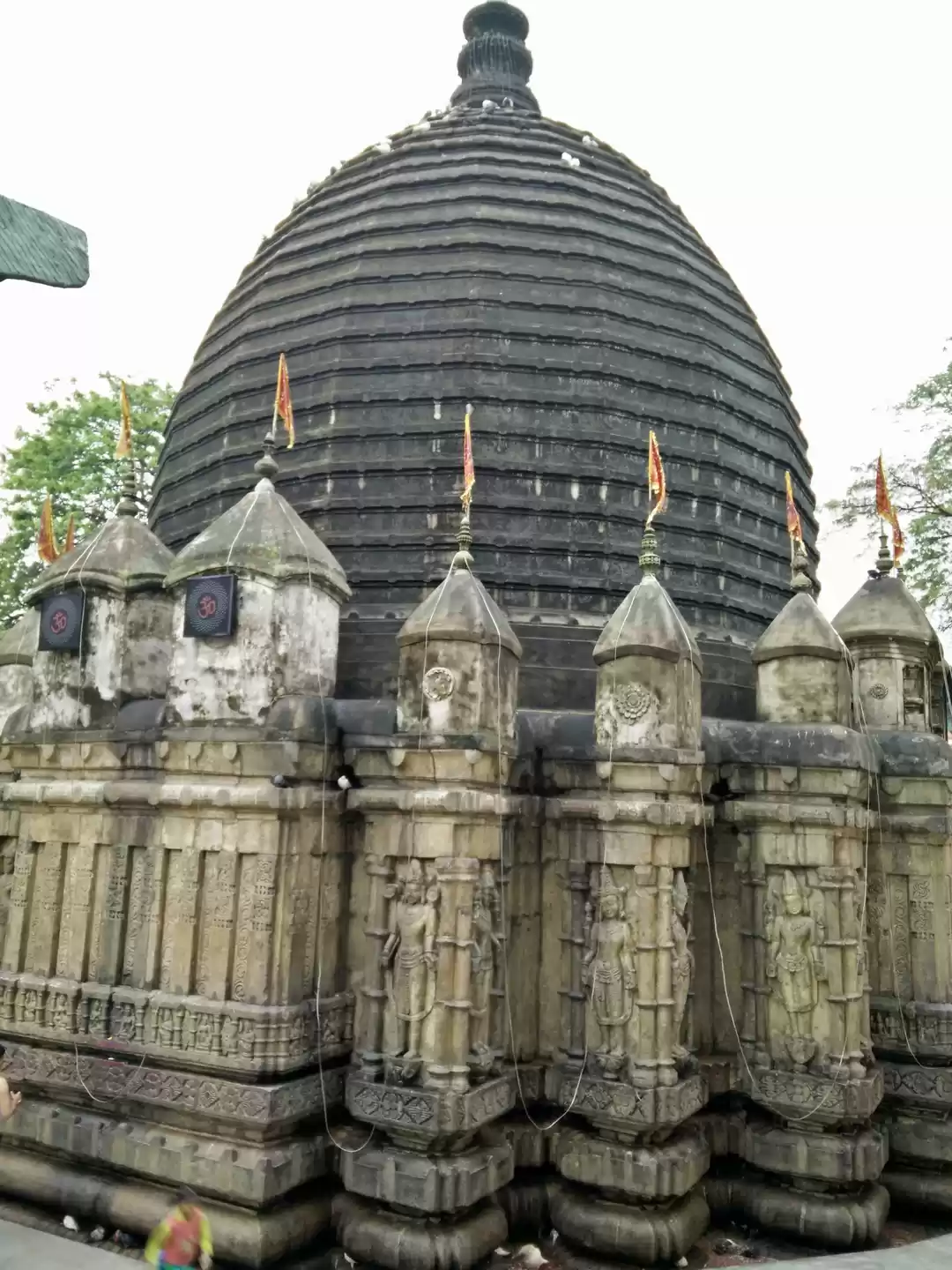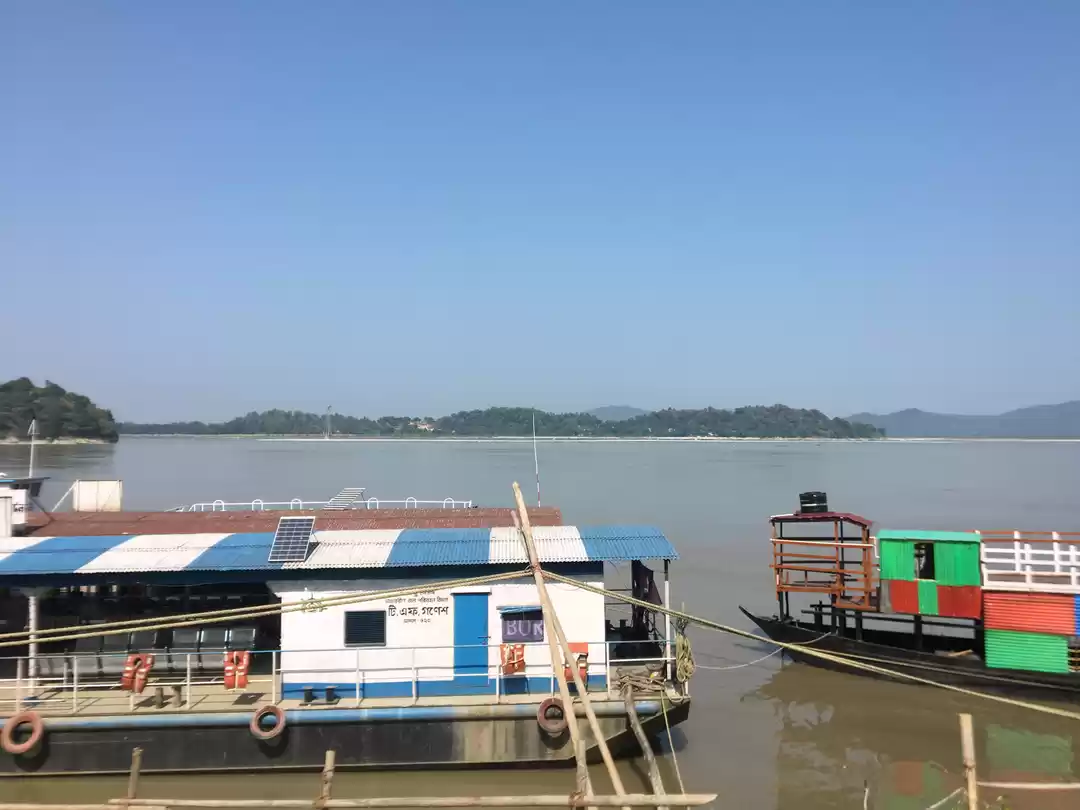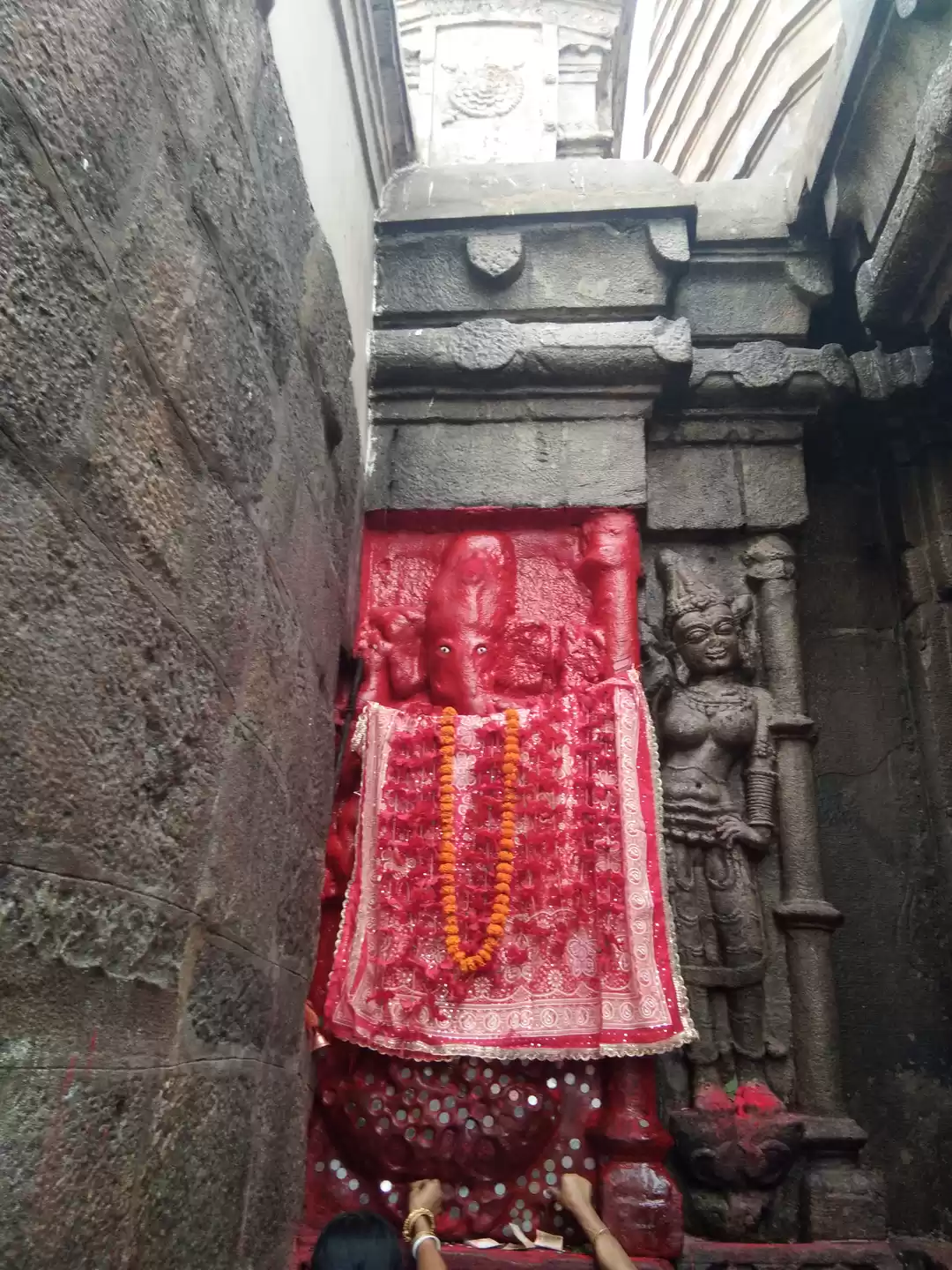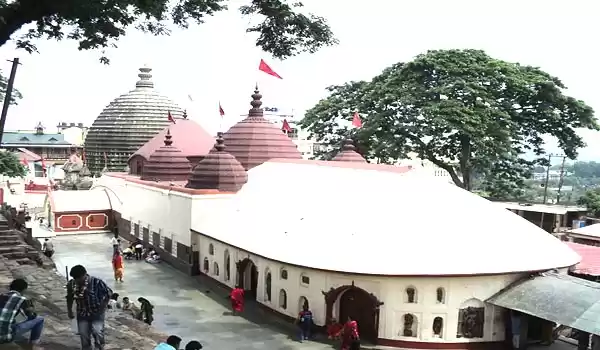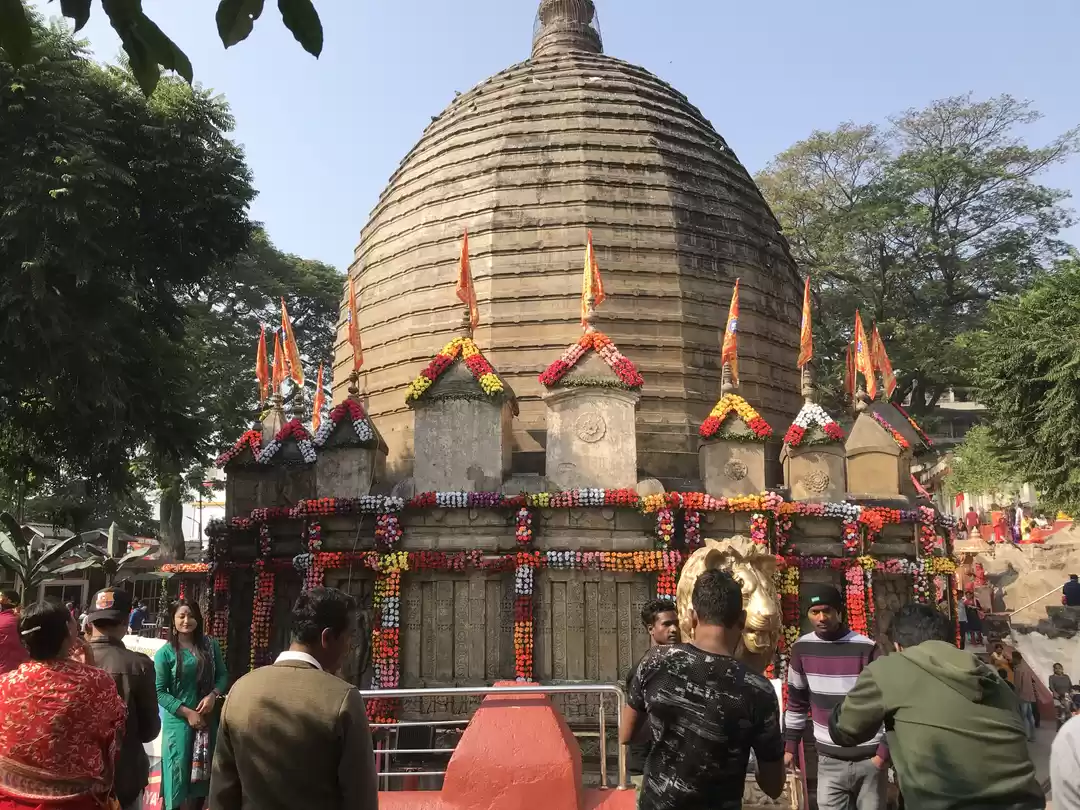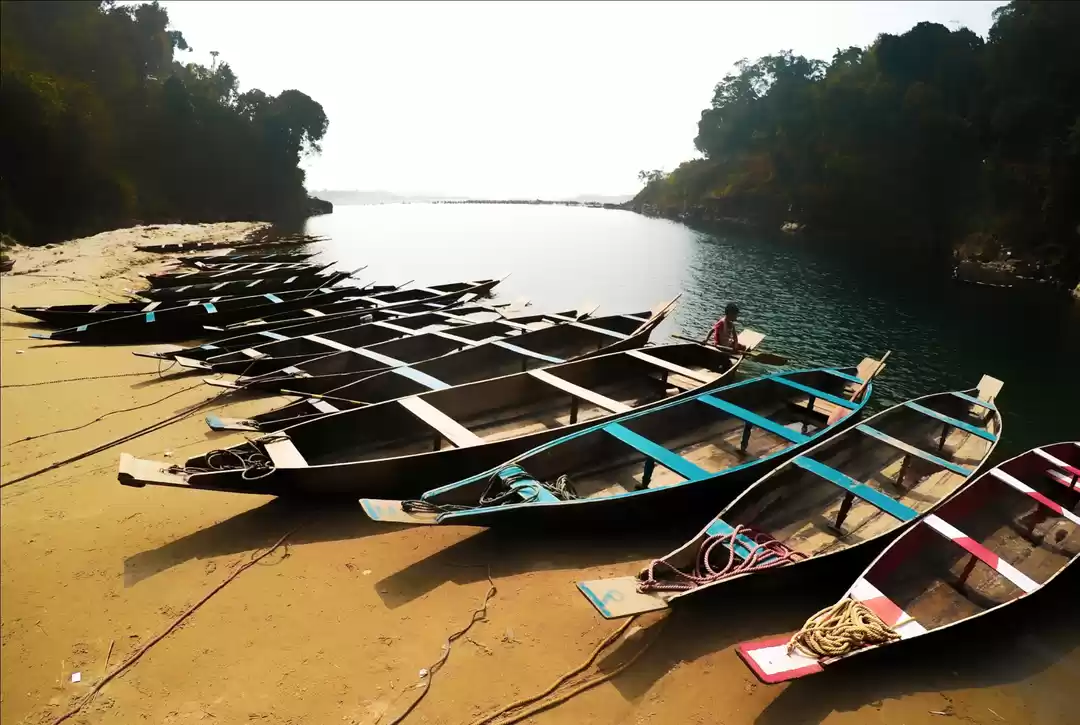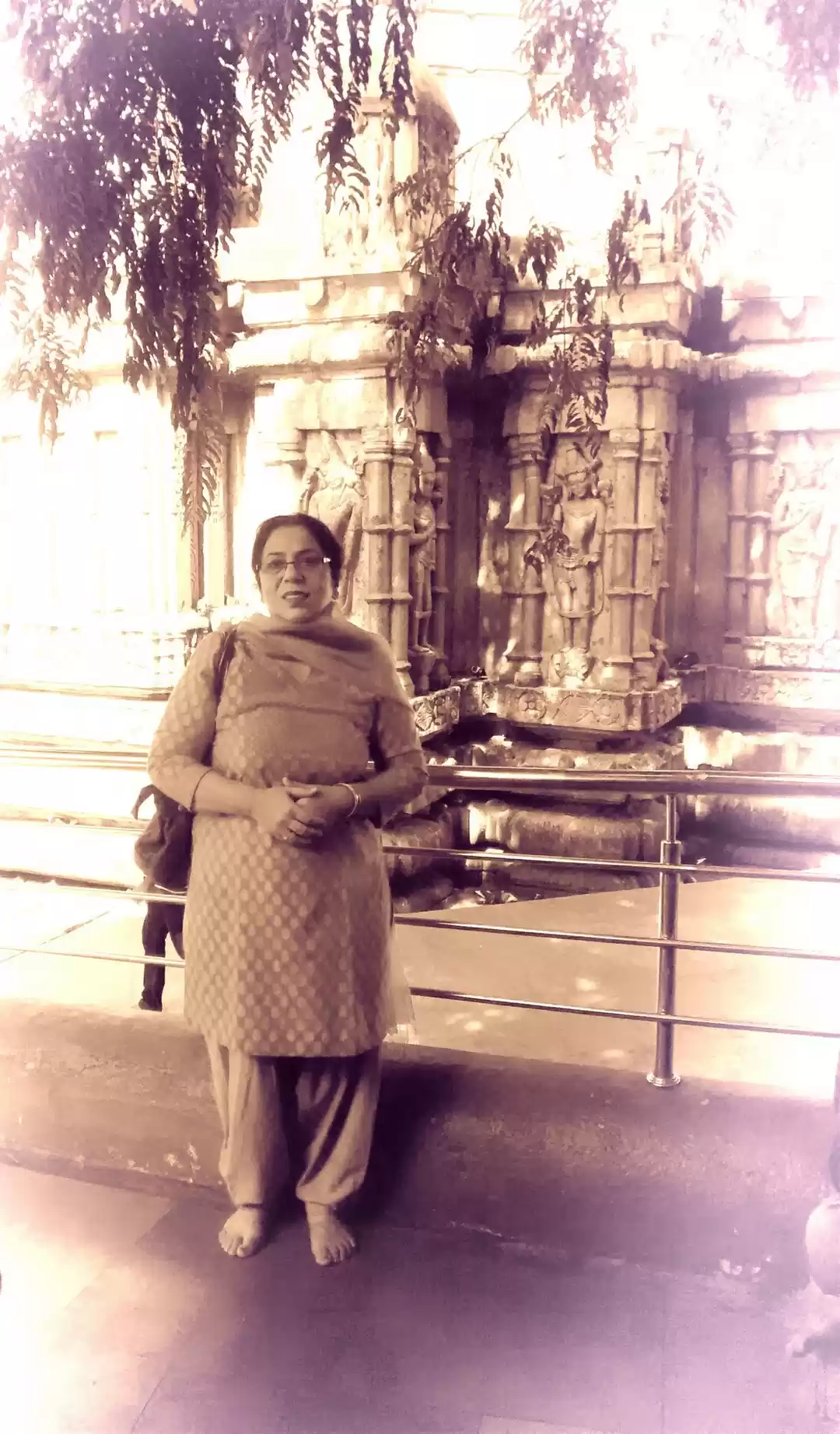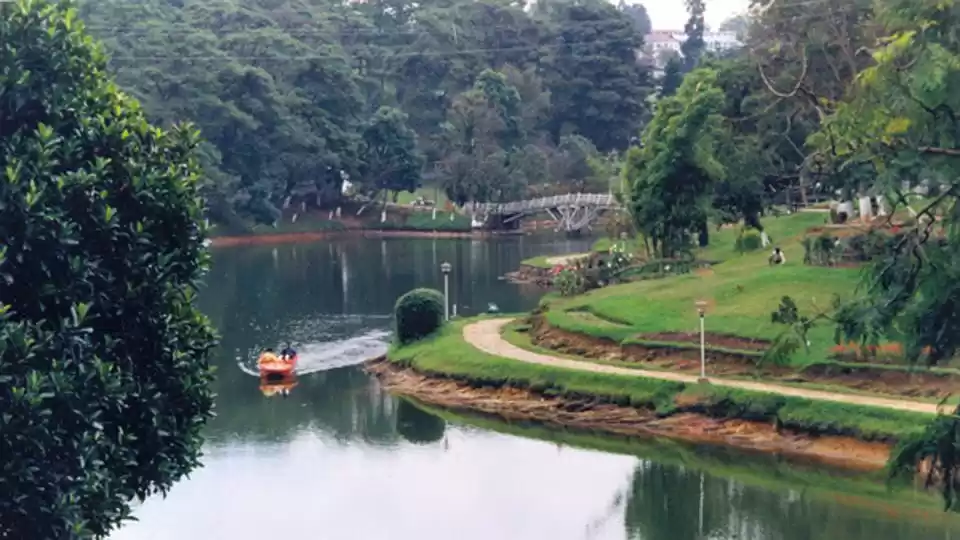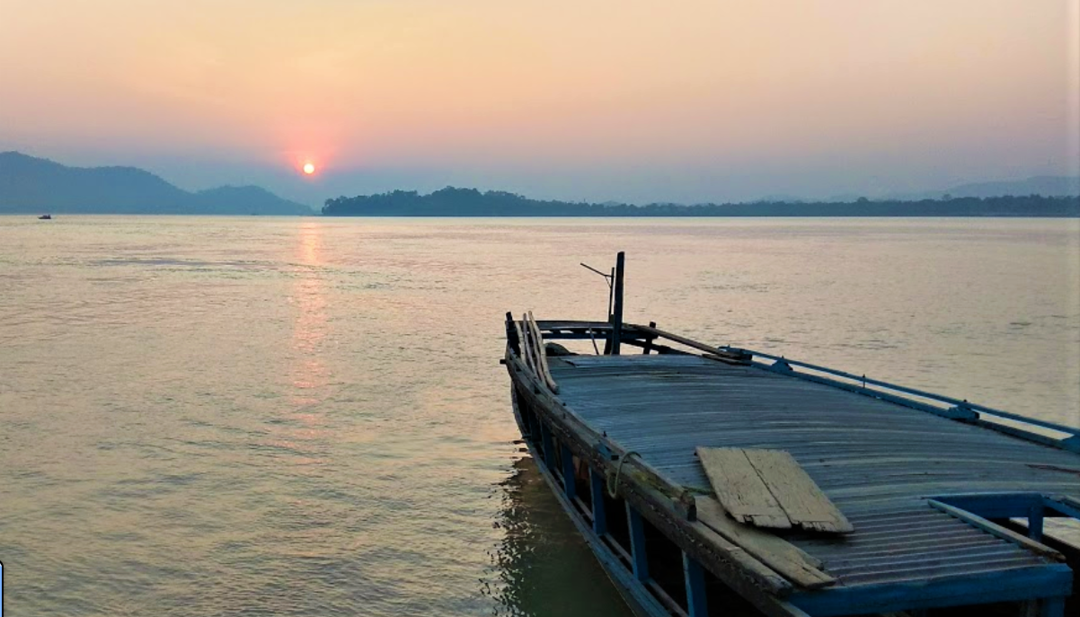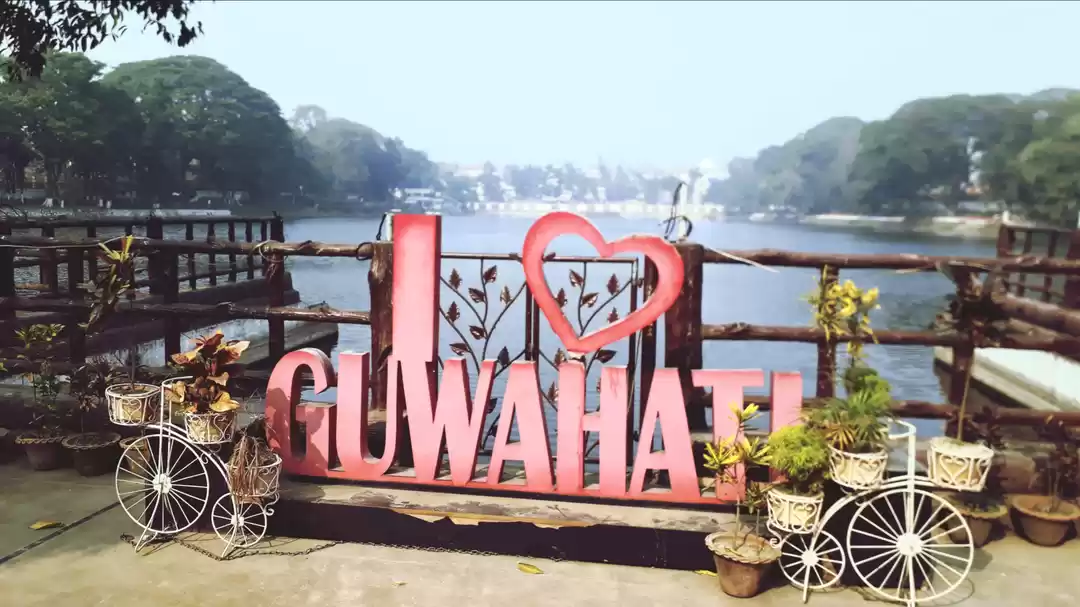
























































I am always keen to visit the place which is very well known and important as one of the seven sisters and one brother. I have been dreaming for the tour, as long time wish; true that is Guwahati. I was always articulated to the uniqueness of the north east region and was very keen to make a trip to the place. After I took a break from my work schedule for few days, my parents decided to visit Guwahati and another north eastern places as we have also not travelled so far. So this time, we planned to visit north east state as a part of Incredible India.
North East Region consists of seven sisters and one brother having their distinct identity, uniqueness, diverse cultures, lifestyle and food habits etc. The states are full of diverse nature plantations, hills, terrains, lush green areas, clouds, green meadows; which reflects their own entity, unique natural beauty, culture, life style and hutments etc.
As per the plan made, my Dad booked for our flights by Air India; on 28th October 2014, me and my family departed from home at 8:30 am and we boarded our cab to reach airport; it is said that this time is the best season to visit Guwahati. We started our journey with full enthusiasm and I was very excited as I have only heard about Assam but never visited earlier. We were told that that our flight will be half an hour late and it will take two hours 42 minutes to reach the destination. I was very excited to visit the north eastern states; wow… !!! The flight landed at 1:15 pm at ‘Lokopriyo Gopinath Bordoli Airport’ at Guwahati. We have been received by one senior official at the airport. The program schedules were also framed and advised us to visit the office in order to get fresh. The moment we started our journey towards the city, I felt like entering / revisiting my grandfather’s place ‘New Barrackpur’ a small town in suburb area of Kolkata.
While moving away from the airport to Guwahati city, it seemed like we are entering the semi urban town. We have been told that the city is fast growing all the ways, roads and flyovers are under construction to smooth the traffic movement and decongest the city roads at various locations. Guwahati University is on the way to have access to the city. The university still stands well in an open campus with traditional structure that one should avail the opportunity to visit around the university campus. The university is not as big as other renowned university but it is one of the most important academic institutions in this region.
While travelling I enjoyed the natural beauty and I saw the ‘Garo and Khasi hills that separates Meghalaya and Assam and the Khasi hills goes towards Tripura; as we also saw the 3rd hill which is the place of Guwahati University and also the ‘ Kamakhya Hills’ of course which we will visit next day. We entered the Brahmaputra bridge; over the Brahmaputra river that is known as ‘Sarai Ghat Bridge’ which is the first ever bridge built over the river during the British regime. On the way we spent small time in a Tool Room office and I have made a short visit of the Tool room. It is an excellent establishment for capacity building of the engineers and other technical professionals. We met local officials and started for local sight seeing tour at Guwahati.
Guwahati –
Guwahati is the largest city of Assam & in the NER and one of the fastest growing cities in India and it lies between the banks of the Brahmaputra River and the foothills of the Shillong plateau, with LGB i.e.‘Lokopriyo Gopinath Bordoli’ International Airport to the west and the town of Narengi to the east. It is gradually being expanded as North Guwahati to the northern bank of the Brahmaputra. The noted Madan Kamdev is situated 30 kilometers from Guwahati. Today the city is the second largest metropolitan area in eastern India after Kolkata. Mary Com is very popular and her landscape can be seen at various places.
The name Guwahati is a combination of two words – ‘Guwa’ meaning betel nut and ‘Hat’ meaning market, that hints at its commercial connection that dates back to quaint age. Guwahati is an enchanting city that is truly a reflection of the diversity of not only the state but also the region. Guwahati is colourful as it is the nerve- centre of cultural, commercial and religious activities, with many charms, tea plantations and glorious temples along with bustling markets. People belonging to different ethnicity, religions and regions have been staying in this place for decades, making it all the more bright and colourful. The city offers a unique natural beauty along with ethnicity and culture.
The ancient cities of Pragjyotishpura and Durjaya (North Guwahati) were the capitals of the ancient state of Kamarupa under the Varman and Pala dynasties. Many ancient Hindu temples are in the city, giving it the name "City of Temples". Dispur, the capital of Assam, is in the circuit city region located within Guwahati and is the seat of the Government of Assam. The whole city is situated along the bank of Brahmaputra river, it is really very beautiful and this place is also known for a good no.of famous temples.
We made a move to visit The ‘Dirgeshwari Temple’ and I guess the temple is far away from city as I felt that we were going long inside the semi urban area. At 3:40 pm we reached at Sri Sri Dirgeshwari Temple.
Sri Sri Dirgeshwari Temple -
The temple is situated in the northern banks of the river Brahmaputra in Guwahati, Assam. It was built by Ahom king Swargadeo Siva Singha and Dirgeshwari temple is considered as a Shakti Peethas for Shakti Worship. Many ancient images made on rocks existed along with the temple. The main attraction of Dirgheswari temple is the annual Durga Puja celebrations, in which devotees from far of places used to attend. Since ancient times, Dirgheswari was a prominent place of worship for the followers of Shakti cult of Assam. It is said that when Sati, the first wife of Lord Shiva died; so in that grief, Lord Shiva was carrying her dead body around the world. In order to pacify Shiva, Lord Vishnu and other Gods decided to get rid of the body of Sati, which had become a source of sorrow for Mahadeva. Lord Vishnu put his disc, ‘Sudarshan Chakra’, to cut the body of Sati into several parts. The Sudarshan Chakra acted as instructed and the pieces of Sati’s body were scattered in different parts of the world. While her genitals fell in Nilachal Hill, on which the famous Temple of Kamakhya is situated and another body part of Sati fell in Sitachal hill. From that time onwards the place is considered sacred by the people. It is also said that according to Hindu tradition the great sage Markandeya, one of the immortals, visited this place and started huge penance of Goddess Durga. At last the Goddess appeared before him and granted him blessings. Thus Dirgheswari became an important place of worship of Goddess Durga.
Sri Dirgeshwari temple was established in 1659 in memory of her daughter Goddess Parvati by her father who was a king. The main deity of the temple was further deep inside and there was so darkness that we used to watch out for our steps and head while proceeding towards it. The temple was constructed using bricks, at the top of the hill, which is filled with solid rocks. The ‘Garbha-griha’ or the inner chamber of the temple, where the idol of Goddess Durga was present is located underground, in a small cave. Apart from the temple, there are many images of God and Goddesses engraved in the rocks of the hill but it is not clearly known from which period these images belonged. We offered prayers there and came back, as we saw that this temple is located at very high altitude above the mountains. This place was really calm and quiet and I felt very relieved after visiting this place. Here one should be very cautious of animals to keep the belongings safe otherwise may face troubles.
Every year people from far of places visit Dirgheswari Temple to witness Durga Puja celebrations. In order to accommodate the increasing numbers of pilgrims and other people, the temple compound is extended, due to which one portion of brick wall, constructed during the Ahom reign had to be brought down. After that on the way we came through ‘Doul Govinda Temple’ but could not halt here long to visit as there was shortage of time so we visited it for quick view.
Doul Govinda Temple –
Doul Govinda Temple is one of the famous temples of Assam. It is situated on the northern banks, on the foot hills of Chandrabharati hill at Rajaduar, North Guwahati. The temple is mainly devoted to Lord Krishna and besides, there is a Namghar along with the temple within the same premises. Several stories exist regarding this deity and how 'He' was brought here by late Ganga Ram Barooah from a place called Sandhyasar near Nalbari. The first structure of Doul Govinda Temple was erected more than one hundred and fifty years ago but it was again renovated in 1966. The Doul Govinda Mandir in Assam is famous for its Holi celebrations in the month of February - March. Holi festival is observed by the local people for five days with various programme and about five thousand Pilgrims are always assembled at the Mandir premises during this time. This place is really different as it is said that one who visits the place of Lord Krishna, remains in their mind forever.
We came back to tool room office and on my request; one of the official accompanied me to visit the tool room. It was very interesting and nice experience to gain knowledge. It works like a training center and technical service provider. We have made a move to reach the guest house of ‘Indian Institute of Entrepreneurship’ and stayed there and on next day we have to wake up early for other sight seeing places.
On next day, 29th October 2014, we all woke up early and had our tea and move to visit ‘Kamakhya Temple’. At 8:10 am we departed from guest house to visit the temple; and I sat in the front seat of the car in order to take the photographs perfectly. We entered the ‘Maligaon’ place which is the railway quarters area in Guwahati. Soon we entered the entrance of ‘Kamakhya Temple Debut’ at 8:40 am. We kept all our belongings inside the car as they were not allowed in the premises. One senior priest took us to the temple and assisted us all through the temple rituals.
Kamakhya Temple -
Kamakhya temple is one of the most popular temples of India which is situated on the hills of the Neelachala Parvat near in western part of Guwahati in the state of Assam. The Neelachala parvat is also known as the Kamagiri hill and thus the Goddess residing the on this hill is known as Kamakhya. She is known to grant the wishes of her devotees. It is the main temple, in a complex of individual temples dedicated to the ten Mahavidyas: Kali, Tara, Sodashi, Bhuvaneshwari, Bhairavi, Chhinnamasta, Dhumavati, Bagalamukhi, Matangi and Kamala. Among these, Tripurasundari, Matangi and Kamala reside inside the main temple whereas the other seven reside in individual temples. The traditional name of Assam had been Kamarupa and this region is known for worship of Shakti. This temple is considered to be one of the oldest 51 Shakti Peeths in India. According to the Hindu mythologies, in order to avenge the humiliation of her husband Lord Shiva, Goddess Sati; the first wife of Lord Shiva, sacrificed her life in the fire of ‘yagna’. Hearing the news of the death of his wife Sati, he started the Tandava dance carrying the corpse of Sati to destroy the earth, by turning the hills blue ; so therefore the hill is also known as Neelachal (Blue spread). To pacify the anger of Lord Shiva, many of the Gods tried to console him. Then in the mean time, Lord Vishnu cut the corpse of Sati with his ‘Sudarshan Chakra’ into fifty one pieces as the ‘Chakra’ moved as it got instructed. Wherever the pieces of her body fell into different parts on the earth, came to be known as one of the Shakti Peeths. It is said that Sati’s reproductive organ / female genitilia (yoni) fell in this place today where the Kamakhya Temple is been situated.
The panels of the temple have delightful sculptured Ganesha and other Hindu gods and goddesses. Though the lower portion is of stone, the shikhara in the shape of a polygonal beehive-like dome is made of brick, which is characteristic of temples in Kamrup. The temple consists of four chambers: garbhagriha and three mandapas locally called calanta, pancharatna and natamandira which is aligned from east to west. The shikhara is circled by a number of minaret inspired angashikharas of Bengal type charchala. The inner sanctum, the garbhagriha, is below ground level and consists of no image but a rock fissure in the shape of a yoni. The garbhagriha is small, dark and reached by narrow steep stone steps. Inside the cave there is a stone bed that slopes downwards from both sides meeting in a yoni-like depression some 10 inches deep. This hollow is constantly filled with water and it is the vulva-shaped depression that is worshiped as the goddess Kamakhya herself and considered as most important pitha (abode) of the Devi. The sculptures of this temple are worth seeing and the images of Hindu Gods and Goddesses are etched out and inside the temple. The atmosphere in the temple is very peaceful and serene. I felt so blessed at this place as I wondered if I can stay here longer. My parents also felt the same as they felt so calm and quiet environment here.
At 10 am, we left the Kamkhya temple to visit ‘Bhuvaneswari Temple’ which is a little higher above the higher temple.
Bhuvaneswari Temple -
Bhuvaneshwari Temple appears like a tint spec from the city of Guwahati which is dedicated to Goddess Bhuvaneshwari which has beautiful surroundings of lush green plantation and provides equally magnificent view of the Guwahati city. Bhuvaneshwari is the fourth of the ten Mahavidya goddesses and an aspect of Devi or Durga as elements of the physical cosmos, in giving shape to the creation of the World". The word Bhuvaneśwari is a compound of the words Bhuvana Iśwari, meaning "Goddess of the worlds" where the worlds are the tri-bhuvana or three regions of bhūḥ (earth), bhuvaḥ (atmosphere) and svaḥ (heavens). Parvati is Saguna Rūpa of Goddess Bhuvaneswari and her consort is Shiva. Bhuvaneshwari is known as the sovereign Queen of the Universe. Bhuvaneshwari means the Queen or ruler of the Universe. She is the Divine Mother as the Queen of all the worlds. The entire Universe is her body and all beings are ornaments on her infinite being. She carries all the worlds as a flowering of her own Self-nature. She is thus related to Sundari and to Rajarajeshwari, the supreme Lady of the Universe. She is also known as Adi Shakti or Durga i.e. one of the earliest forms of shakti. She is capable of turning situations according to her wish. It is considered that even the navagrahas and Trimurti cannot stop her from doing anything.
This is a small temple and outside the temple we bought a small Puja thali to offer prayer, our priest advised us to offer puja, told my dad to tie 108 ‘Hibiscus’ garland to ‘Mata’ and told my mom to offer the ‘sindoor’, bangles, mirror and other cosmetics products, a small red ‘duppatta’ for ‘mata’, etc; and to me a small coconut to be touched by ‘Mata’ and I have to break outside and drop the waters over ‘ Mata’s place. All the rituals were done and we came out; I felt very blessed and calm, got a firm belief in my mind. The enchanting view of the sunset on the Brahmaputra river as viewed from the hill also attracts many tourists.
We came to a vegetarian restaurant named ‘Mangalmurti’ for breakfast after visiting both the temples. Every tourist should avail the opportunity to have the special variety of food, a synergy north and North east food style. Then we proceeded towards the next place to visit ‘Umananda Temple’. This temple is to be visited travelling by a steamer / shikara though Umananda ferry service from Kachari Ghat crossing the river as it is situated on an island in the middle of River Brahmaputra. I was very excited as I have never visited a temple located on an island. Wow …. !!!
Umananda Island Temple –
Umananda Temple is located on a small island which is known as ‘Peacock island’ for its shape in the middle of the river Brahmaputra in Guwahati. It is at the top of the flights of steps uip from the river place. Uma, is another name for the Hindu goddess Parvati, the wife of Shiva; and ananda, means "happiness". According to Hindu mythology, Lord Shiva created the island for his wife Parvati's happiness and pleasure and Lord Shiva is said to have resided here in the form of Bhayananda; so this temple is mainly dedicated to Lord Shiva. According to a myth in Kalika Purana, Shiva burnt Kamadeva with his third eye on Umananda when he tried to interrupt Shiva's deep meditation, hence its alternative name came as ‘Bhasmachal’ ; so bhasma, means "ash"; and achal, means "hill"; so it literally said as , "hill of ashes". The temple of Lord Shiva in Guwahati is visited to pay homage to the Gods and to see the splendid sculptures on the walls of the temple. The figures of Hindu Gods and Goddesses are engraved on the rock walls. These sculptures represent the craftsmanship of the Assamese artisans. We all were very happy to visit such place with different vicinity as we also visited ‘Maa Ganga Mandir’, ‘Shri Hanuman Temple’ and Lord Shiva Temple. These temples are located at very high upstairs and my mom was watching her steps carefully as she was little scared. After visiting the temples, we came down and were waiting for the streamer to receive us back. I was very happy and blessed to visit such place as this was my first experience to visit an island temple and secondly, to have another place of deep spiritual experience of calm, quiet and serene atmosphere. This place gives a natural feeling for close to nature and its’ environment.
Then at 1 pm, we reached at the dockyard / ghat waiting place to proceed for the next place of visit to tourist’s place; i.e, ‘Navagraha Temple’ – The Temple of nine planets, related to Lord Shiva which has nine lingas.
Navagraha Temple –
Navagraha temple is also one of the most popular temple in Guwahati as thousands of tourists visit the temple every year. It is located on the Chitrachal / Navagraha hills in Assam. The word ‘Navagraha’ refers to the nine planets of the solar system which are – ‘Surya’ Graha (Sun), ‘Chandra’ Graha (Moon), ‘Mangala’ Graha (Mars), ‘Budh’ Graha (Mercury), ‘Brihaspati’ Graha (Jupiter), ‘Shukra’ Graha (Venus), ‘Shani’ Graha (Saturn), ‘Rahu’ Graha (North Lunar Node) and ‘Ketu’ Graha (South Lunar Node). The nine Shiva lingams are enshrined in this temple, representing the nine Celestial bodies, each covered with a colored garment symbolic of each of the celestial bodies with a Shiva lingam in the centre symbolizing the Sun. The Navagraha temple was built by Ahom King Rajeswar Singha in the late 18th century. It has been renovated in recent times during the late 1923-45. In ancient India, astronomy and astrology was also studied in the center and most often the city of Guwahati for this is also called by the name of ‘Pragjyotishpur’, which means the city that is associated with astrology. We offered our prayers to the temple and one priest was assisting us for the puja offerings and the instructions and one at a time he was also mentioning the name of different Shiva lingas. This temple has its own charm and vicinity and it also gives views to beautiful Guwahati city from the top point view of the hill surrounded by large trees and greenery. It was very nice place and also very serene day visit as since the beginning of my day I am visiting the one and new place everytime which makes mind, body and soul calm and which is very enjoyable and charismatic. Then at 1:30 pm, we left the place for next place of tourist interest to visit; we came through Silpukhri road, Chandmari road; on the way we also saw ‘Guwahati Commerce College which was established in 1962; we also saw the office of ‘ Doordarshan Prasar Bharti’ at Radha Govind Baruah road and also ‘Guwahati Tea Auction Centre’.
We were to visit the next place i.e; ‘Basistha Temple’ but we were too late for lunch, so my parents decided to have lunch at a ‘dhaba’ near the temple at 2:30 pm.
Basistha Temple -
Basistha temple is a Lord Shiva temple is located in the southeast corner of Guwahati city which was constructed by Ahom King Rajeshwar Singha in 1764, along with gift of land 835 Bighas for the ashram. The history of the Basistha Ashram i.e, where the temple is located, dates back to the Vedic age and according to legend the ashram was founded by the great saint Basistha (Vasishtha). The temple in the ashram stands on the bank of the mountain streams originating from the hills of Meghalaya, which becomes the rivers Basistha and Bahini / Bharalu flowing through the city.
The Basistha ashram is believed to be the home of famous sage Basistha, who is also known as "Vasishtha". The ashram is located at 10-12 kilometers away from Guwahati, on the outskirts of Garbhanga reserve forest which has an ample population of Elephants. This Garbhanga reserve forest is also a proposed Butterfly reserve. Although the ashram has a temple but still the cave in which the Muni Vasistha is believed to have meditated is located 5 K.m. inside the ashram. The ashram also has a waterfall. A large no. of devotees visits the temple on Chhat puja festival to offer puja. The devotees crwal a long distance wearing new clothes (Yellow colour) to reach the temple to offer puja to get their wish fulfilled.
Then after that at 3:20 pm we departed for the next tourist place; ‘Purva Tirupati Shri Balaji Temple’ established on the highway side. Despite pollution and environmental hazzards the temple stands well with neat & clean architectural feature. The temple is made of white marbles. It is really unique and worth to visit. It is surrounded by lush green areas and well maintained gardens with a neat & clean ambience. One can spend a good time to relax himself and feel comfort.
Shri Balaji Temple -
The Purva Shri Balaji Temple is located in Betkuchi area in Guwahati which spreads the divine serenity to all. The complex of the temple is located on two acres of prime land which has a clean environment and a gentle breeze wafts across the lawns surrounded by blooming coconut and Ashoka trees, flowers, plantains and bougainvilleas. The door of the entrance of the complex is decorated in ancient style; Lord Ganesha, the acclaimed remover of obstacles, graces the entrances of the temple complex. The temple of Lord Balaji has a ‘Rajagopuram’ which is 70 ft in height, a Maha Mandapam, an Ardha Mandapam and the Sanctorum; and there is ‘Dhwajastambham’ (Flag Pole) which is 60 ft in height in between the main entrance and the temple, which is made of a single Sal tree and covered by copper plate with brass coating. As per tradition, it was installed within a month’s time from the ‘Kumbhabhishekham’. The main deity of Lord Balaji is carved out of the single stone weighing 4 tonnes and the features of the idol, i.e; the smiling face, the ornaments carved on the stone with ‘Sankha’ (conch), ‘Chakra’ and four arms , all add to the serenity and solemnity of the temple. The Utsava Murthy comprises of Lord Balaji, his consort Ubhayee, Nachiars and Chakrathalwar are carved out of metal. This place also has Durga Devi temple and Padmavati Lakshmi Devi temple in the premises adjacent to the Lord Shri Balaji temple. It is said that his holiness Sri Jayendra Saraswati, Sankaracharya of Kanchi Kamakoti Peetam Tamil Nadu, felt that it would be desirable to have a Balaji temple at Guwahati to bring peace and prosperity to the north eastern parts of the country. In 1994, he exhorted his devotees to accomplish this task. It took less than four years to complete this mammoth task and ‘The Balaji Temple’ and ‘Cultural Complex’ came to reality as on 4th June 1998, when the ‘Kumbhabhishekam’ (Pranpratistha) was done by their holiness Sri Jayendra Saraswati and Sri Vijayendra Saraswati. On the directive of his holiness Sri Sankaracharya of Kanchi Kamakoti Peetam and Guwahati being the seat of Goddess Kamakhya, a temple has also been built for Goddess Durga. The Goddess has 8 arms bearing the Sankha, Chakra, knives, bows and arrows. The bow is made of stone which is when if tapped produces a metallic sound. The vahana of Lord Balaji i.e; ‘Garuda’ has a separate temple premise and a Yagnasala has been built in traditional style to enable devotees to perform yagyas of their choice. The Goupurams are constructed as per the shilpa shastras and are in South Indian architectural style. These magnificent Gopurams range from eight feet in Ganesha temple to 70 feet in the Rajagopuram and they are painted white and they glisten when sunlight falls on them. The exquisite wooden doors have been handcrafted in Chennai and the temple is well illuminated at night. The entire structure of the temple is made in South Indian architecture, keeping symmetry with the temple complex. This premises is so well calm and quiet, I felt so serene; everything is so fine but photography is strictly prohibited inside the premises; but it was so beautiful temple.
Srimanta Sankardev Kalashetra -
This is an institution, where tourist can have an opportunity to experience heritage of culture, art, dance and life style of various ethnic group in the state. This is a renowned institution showcasing rich culture of the state. Visiting such a place is a wonderful experience to enrich knowledge. It is named after the greatest Vaishnava saint and the greatest integrator of the Assamese society. This place is a classic stopover to have a glance at the state culture, artistic excellence festivals etc. The Central museum houses the objects and collectibles of different ethnic groups. Regular folk performances and cultural festivals are hosted in open theatre. Sahitya Bhavan, a center of repository of knowledge, where rare books & manuscripts are safely placed. Lalit kala Bhavan exhibits the sculpture and art.
This trip has been a wonderful experience to me as my greatest wish came true to visit such a place where one can get enriched himself, acquiring knowledge of ‘Satyug’ era and memorable events recorded in Vedas and Hindu epic. Tourist may make out time to visit the places to have a glimpse of nature’s beauty and enrich knowledge on heritage of diverse culture, art, rural folk etc.
Tour tips -
Assam is famous for Betel, Nut, Cane & Bamboo products and Muga silk etc. Muga silk is mostly cultivated & processed and converted into exclusive saree and exotic dress materials in Nalbari district, a few hundred kms from Guwahati. Muga silk has got its own uniqueness, texture, color and drape. It’s an expensive item, one may purchase such item from Govt. emporium or any other renowned outlet at Dispur. Any one gets an opportunity may take a chance to visit such center to have knowledge. One may like to taste famous betel and nut produced here. Cane & Bamboo products are famous within and outside the country. Artisan & Craftsman produce unique products for diverse uses. It is specially designed by artisans by using their traditional skill and knowledge inherited from their forefathers. One will get amazed experiencing the manufacturing and finishing of such products. Dispur is a small pocket town of this city and it is well planned and nicely architected. This is the State Govt. Administration hub. Any tourist may keep a preference to visit Assam, after rainy season view the strength of Brahmaputra river truly and also to enjoy amazing natural beauty, fresh & clean environment.

